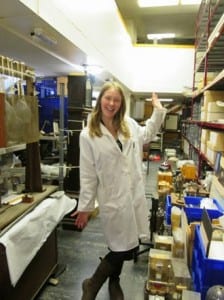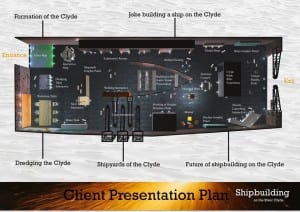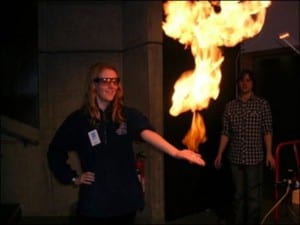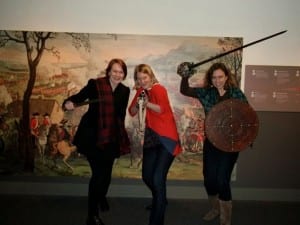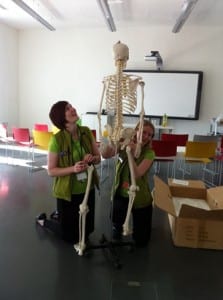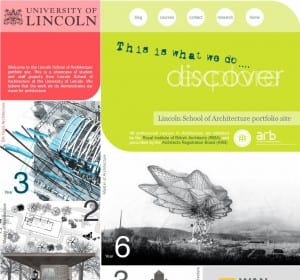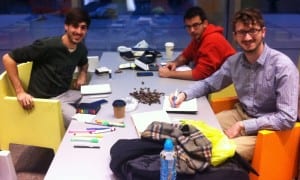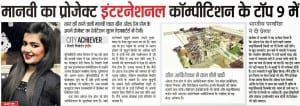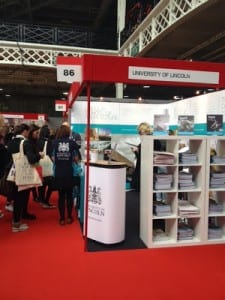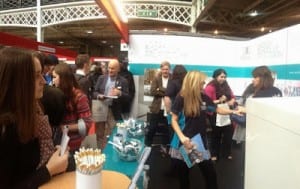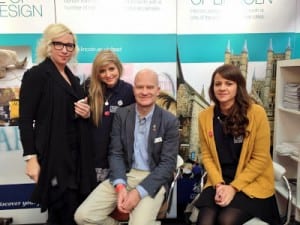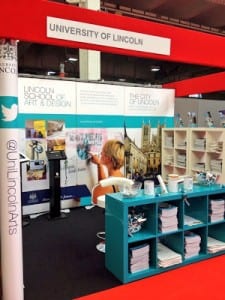On Aug. 24, 2013, 80 leading designers, along with STEM (science, technology, engineering, math) and design educators from around the world, connected in real time through Skype for a first of its kind linked workshop. Pioneered by Doris Wells-Papanek, director of the Design Learning Network and David Bramston, principal lecturer at the University of Lincoln’s School of Art and Design, the five-hour event provided an innovative professional development platform for the international design education and STEM community to explore and share ideas about a honeybee’s life in the year 2050.
Hosted by The University of Lincoln and the Design Learning Network at Columbia College in Chicago, the Chicago-Lincoln Design Learning Challenge Workshop was co-facilitated by design practitioners from the Industrial Designers Society of America’s 2013 International Conference. The two groups, 40 at The University of Lincoln and 40 at the Columbia College, dug into a real-world problem using the design learning process.
In keeping with the Design Learning Network’s primary mission – the two international groups grappled with why honeybees are dying at an alarming rate world and how might we save them. Using an interdisciplinary approach (art, design, the humanities and STEM), the purpose of the challenge was to serve as an exemplar for educators around the world to invite their K-12 students to become creative problem solvers, take ownership of their learning and make good choices.
Mankind needs honeybees to survive. As reported by AP reporter Seth Borenstein in The Buffalo News on Sept. 1, 2013:
“Besides making honey, honeybees pollinate more than 90 flowering crops. Among them are a variety of fruits and vegetables: apples, nuts, avocados, soybeans, asparagus, broccoli, citrus fruit and cranberries. About one-third of the human diet comes from insect-pollinated plants, and the honeybee is responsible for 80 percent of that pollination.”
Using an eco-centered approach, the blended U.S. and U.K. teams explored contributing factors to the honeybee’s current trajectory – then designed a sustainable solution that encouraged population growth, restored and maintained nature-driven pollination practices, and enhanced the quality of life of locally based colonies.
One of the U.K. teams, which was composed of 1st Corby Glen Cub Scout pack, assistant pack leader Jacob Lamming, two 14 year olds, real estate owner Jo Davies and team leader and master’s in design student A.J. Woodward, believed that by planting more flowers it would help grow the bee population.
“We knew that flowers were crucial to bees and you can grow them anywhere. We came up with using an idea pinned on Pinterest of using old milk cartons to grow flowers,” said Woodward. We liked the idea of using the old milk cartons because it recycled the cartons and showed that you didn’t necessarily need a garden to grow the wild flowers.
As an unexpected bonus, the team was given a few acres by a local park to create a bee haven. “We decided as a group to not only have a field of wild flowers but to have a bee hive in there too,” said Woodward. Lincoln University offered to help them produce their beehive design from a salvaged washing machine drum from a local recycling plant.”
During a radio interview, Andrew David, managing editor of Siren FM at the University of Lincoln, captured the essence of the workshop with Doris Wells-Papanek, director of the Design Learning Network, along with University of Lincoln’s Anne Chick, professor of design and John Stocker senior lecturer.
Additionally, students from the Young Journalist Academy in the U.K. documented on Tumblr a behind-the-scenes accounting of the workshop.


